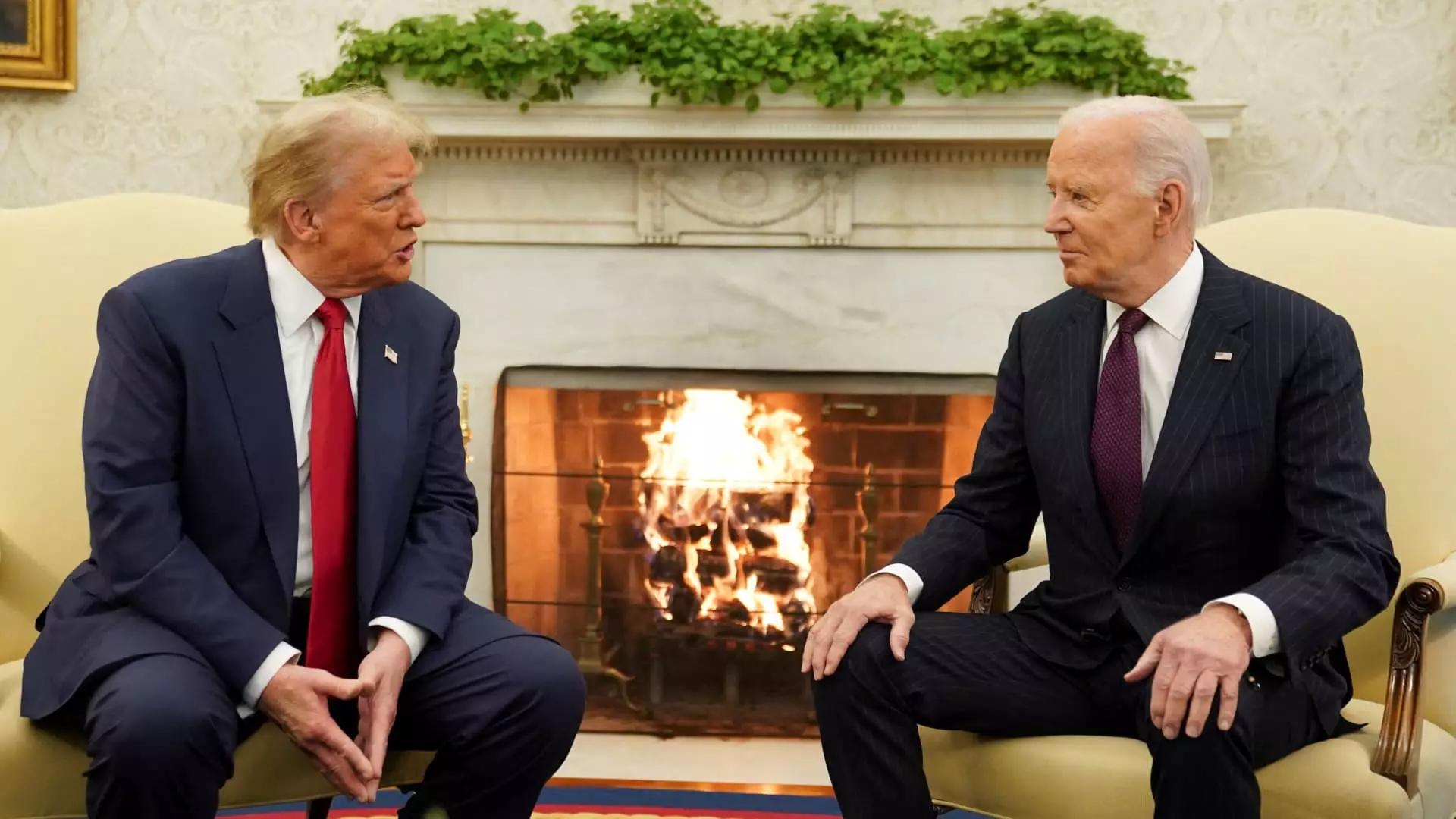In an unexpected twist of policy continuity, the Trump administration announced on Tuesday its decision to maintain the stringent corporate merger guidelines established during the Biden administration. This move, articulated by Federal Trade Commission (FTC) Chairman Andrew Ferguson alongside a memo from Omeed Assefi, the acting head of the Department of Justice’s antitrust division, showcases a formidable alliance between certain factions within the Trump administration and the established regulatory frameworks that many corporations have come to resent.
At the heart of this policy shift is the rising influence of the populist wing of the Trump administration, particularly represented by Vice President JD Vance. Known for his vocal opposition to corporate excesses, Vance aligns with the ethos of antitrust advocacy that has gained traction under the leadership of FTC Chair Lina Khan. Khan’s emphasis on aggressive antitrust enforcement reflects a growing bipartisan agreement on the necessity of regulating corporate power. The retention of these guidelines signifies a departure from the pro-business attitudes that characterized much of Trump’s previous tenure, raising eyebrows across Wall Street, where a loosening of merger reviews was anticipated.
The stringent criteria outlined in the 2023 merger guidelines serve as a significant hurdle for corporations seeking to consolidate. Among the stipulations are regulations that prevent mergers from exacerbating already concentrated markets and restrict practices that could eliminate essential competition. Corporate giants, eager for a new wave of consolidation, may now have to recalibrate their strategies in response to these enduring regulations. Wall Street’s expectations of a corporate merger boom appear increasingly naive in light of this ruling.
Ferguson articulated a strong rationale for this decision, indicating that consistency in the enforcement of antitrust laws benefits both regulatory agencies and the business community. He stressed the burdens associated with frequently altering guidelines, including the time and resources spent on such endeavors. The assertion that constant turnover undermines agency credibility resonates with a broader sentiment about the need for stable governance in regulatory frameworks. Ferguson’s commentary underscores that agencies must possess the resources to effectively pursue their mandates and that stability plays a crucial role in fostering trust among stakeholders.
By upholding these guidelines, the Trump administration not only positions itself as a defender of populist values but also signals the potential for a more aggressive posture regarding antitrust actions in the future. The merger of populist and regulatory climate perspectives could pave the way for an era of rigorous antitrust scrutiny that transcends party lines. Corporate entities must now grapple with an environment where regulatory stability coexists with the demands of an increasingly activist government perspective focused on curbing excessive corporate power.
The decision to embrace the Biden-era merger guidelines introduces a noteworthy chapter in the ongoing saga of corporate regulation in America. It reflects a convergence of ideals that prioritize fair competition, and while it may disrupt Wall Street’s aspirations, it fundamentally redefines how business and government will interact in the coming years.



Leave a Reply